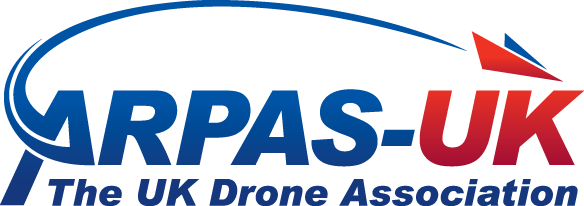The WMO Uncrewed Aircraft Systems (UAS) Demonstration Campaign (UAS-DC) aims at demonstrating the potential capability of UAS to play a role as an operational component of the WMO Integrated Global Observing System (WIGOS) under the Global Basic Observing Network (GBON).
The scope of the campaign is elaborated below and is based on key requirements and expectations that are derived from the theme and the aims.
| Element of Scope | Proposed | ||
| Observations Period | 6 months, from 1 March to 30 September 2024 | ||
| 3 x Special Observing Periods (SOP) | Periods where participants are requested to undertake observations with, where possible:higher temporal resolution – more frequent flights with observations made at a higher frequencyWith wider coverage – observations from more sitesThe SOPs are expected to occur as follows:April 2024, all month, with high priority on the week commencing on April 8 (overlapping with the total solar eclipse of April 8)5 – 12 August 2024, overlapping with the Paris Olympics9-15 September 2024, overlapping with the ISARRA flight week | ||
| Participants | Participant OperatorsWMO Member UAS operatorResearch UAS operatorPrivate UAS operator | Participant Data UsersMember Data UserNumerical Weather Prediction CentresOther applicationsResearch Data User | Other StakeholdersWMO, INFCOMICAONational Civil Aviation Authorities |
| Geographical scope | Global – participants from all regions, countries and locations where UAS are and can be flown in compliance with national airspace regulations. | ||
| UAS types | Autonomous copter or fixed-wing small UAS Remote-piloted copter or fixed-wind small UAS Automated high altitude fixed-wing UAS Remote-piloted high altitude fixed-wing UAS | ||
| Observations Locations & Modes | Observations from all locations and modes, including but not limited to:Oceanic Atmospheric Boundary Layer (ABL) – Vertical profiles of the atmospheric boundary layer with UAS from stationary or moving platform location.Remote land, mountain, coastal and cryosphere observations and vertical profiles with UAS.Upper troposphere and lower stratosphere observations of UAS.Testbed observations and vertical profiling UAS.Symbiotic UAS observations collected by private UAS performing some other primary mission (e.g., package delivery). | ||
| Reported Variables | Required physical variablesAir temperatureAir pressureRelative humidity | Additional physical variableswind speedwind direction snow coversnow depthsoil moisturealbedoroughness lengthaerosols or particulatesvolcanic ashturbulence | |
| Data Provision | Data provided by participant operators will be made with continuous, routine provision of data for at least 1 month during the demonstration observing period, in the Standard Data Representation Format to the central data repository and in Near-real Time, where:Continuous, Routine Data Provision – The making and provision of observations of the Required Physical Variables and associated Supporting Observational Metadata in accordance with the Modes of Operation at a frequency of at least once per day, on at least 4 days per week.Near-real Time – preferably within 30 minutes of the observation time if possible, and no later than within 3 hours as a maximum.Standard Data Representation Format (SDRF) – Data shall be submitted in a pre-defined NetCDF or WMO BUFR format tailored for UAS data representation. | ||
So as to ensure that participants in the UAS Demonstration Campaign can help to best meet the scope and the aims of the campaign, it is necessary to impose some specific requirements of participants in terms of several aspects related to the role they will play as participants.
Participants fall into 2 main categories:
- Participant UAS Operator – providing observations made by UAS in accordance with the Scope above.
- Participant Data User – receiving and making use of the UAS data so as to determine and measure data quality and impact.
For more information, follow the link:


